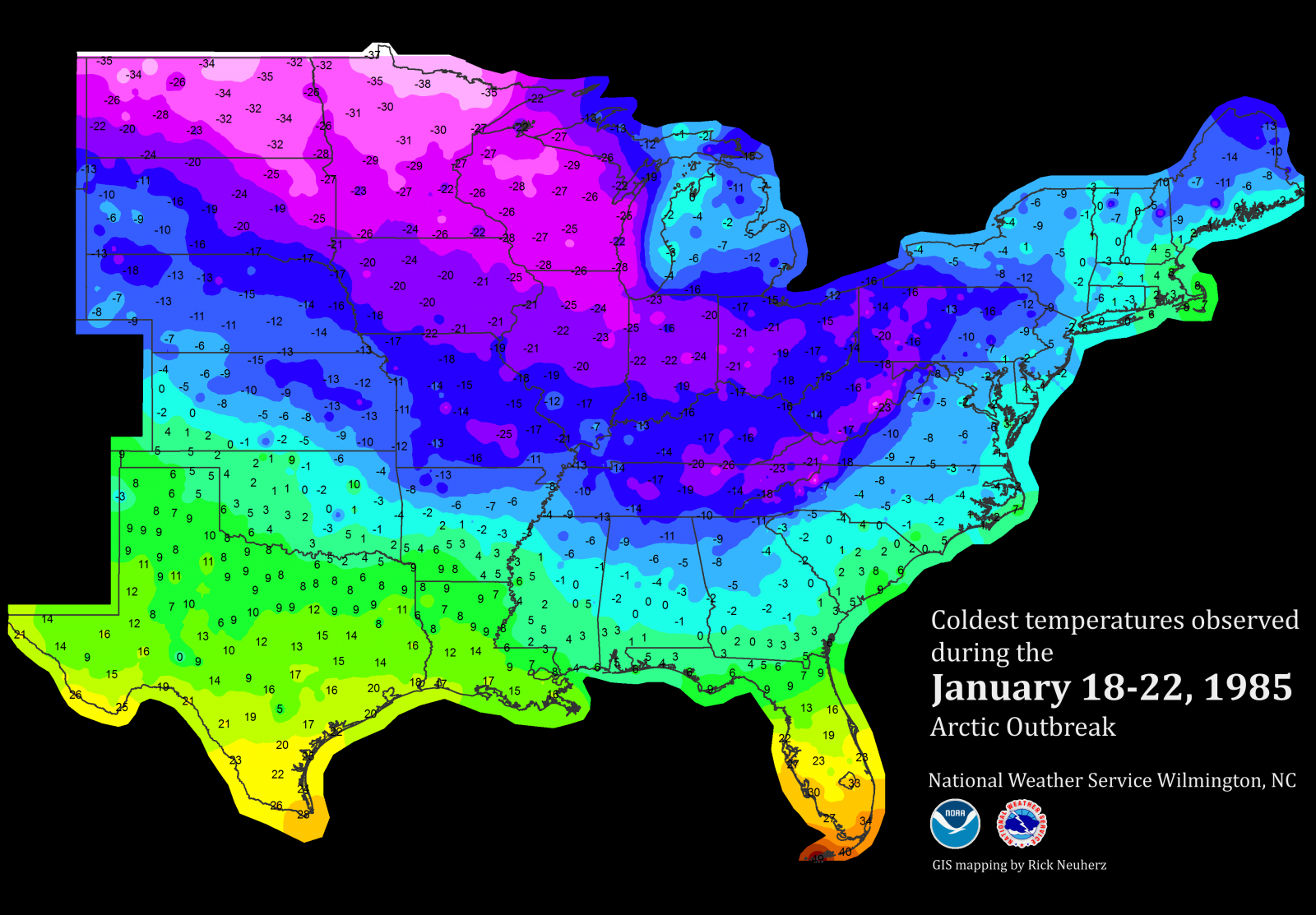I don't know how the new upgrades addressed the snow cover issue either, but the GFS is still a northern stream biased model and still appears to have its cold bias as one gets further in the run (MR, LR).
Now with that said...the extreme HP being depicted, IF modeled correctly or very close to correctly, then the surface cold air will be very much close to fruition or even could be downplayed a bit. Very cold, dense arctic airmasses have actually been underestimated before WRT very cold dense SHP areas (850mb temps to SFC schemes are thrown off).
The CMC/EURO/GFS have beem consistent with one thing. Massive -EPO ridge translating to a very dense SHP downstream sliding into the Northern States towards the end of this week. Will it be record breaking? Probably not, but if it does reach this 1060mb or greater territory, one may have to give credence to the bitterly cold airmass in response to such extreme high pressures at the SFC.



